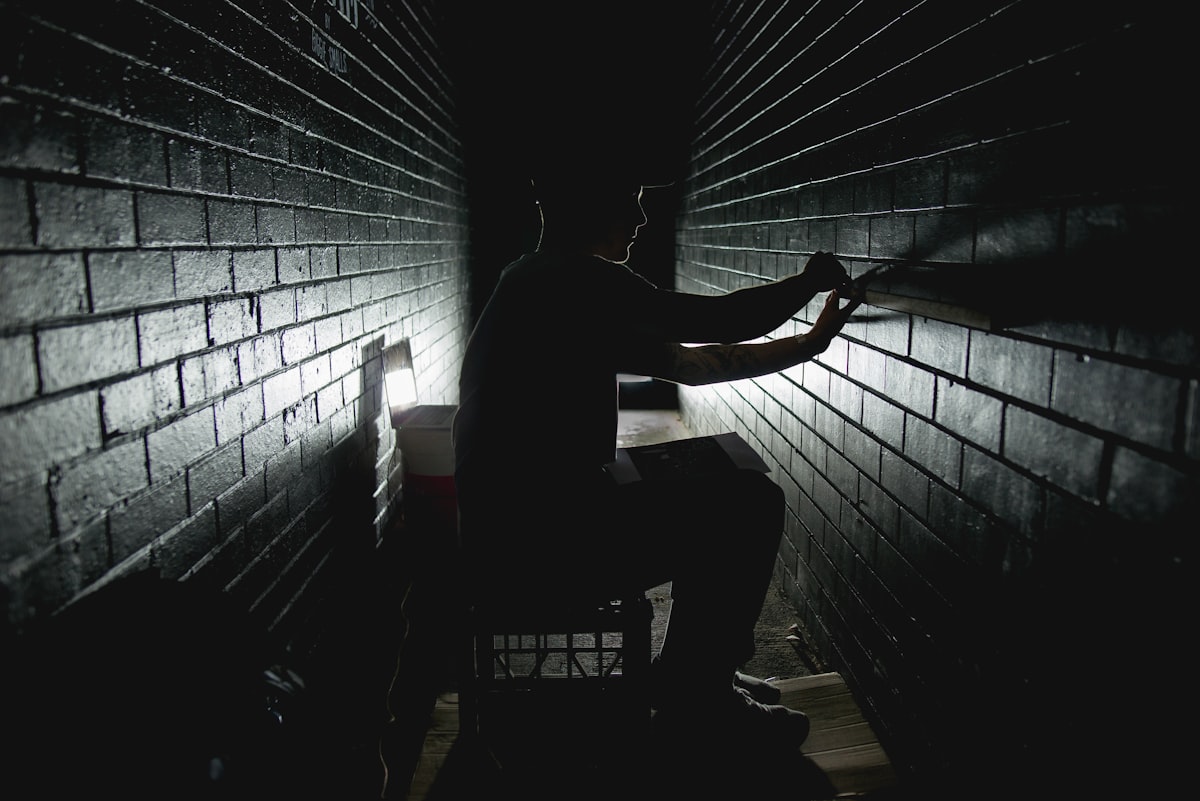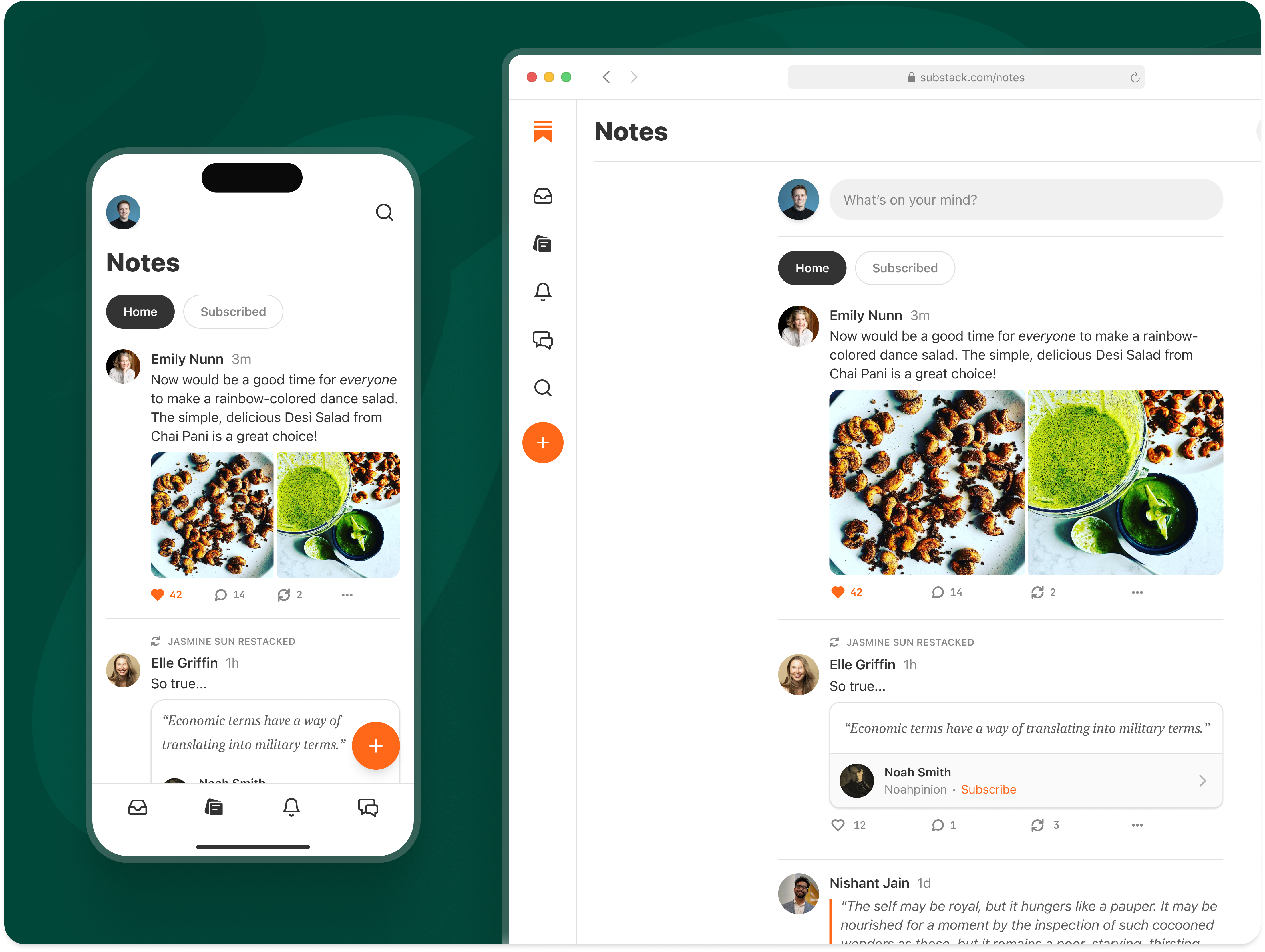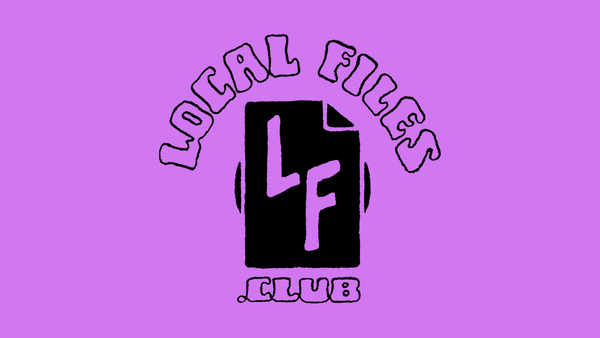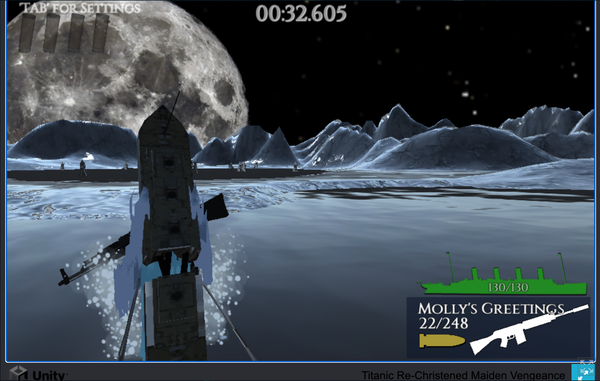You need a Substack exit strategy
Substack's new social network is another brick in the wall. Don't get caught on the wrong side.

I try not to talk too much about Substack—the platform that hosts this newsletter—here on Night Water, partially because it’s boring and navel-gazey but primarily because most of my readers are not writing their own newsletters. But Substack was in the news a bunch last week, and I thought it was a good opportunity to beat the drum for something I think all Substack writers need to have: an exit strategy.
Here’s the scoop: two weeks ago, Substack announced Notes, a microblogging service a la Twitter. Twitter—well, truthfully, its owner Elon Musk—saw it as a threat and went hog wild, marking Substack links as unsafe and making it so users couldn’t interact with tweets containing them. It couldn’t have been a better advertisement for Notes. There’s a big overlap between Twitter and Substack’s most popular content creators, and this was the final straw for many of them.

When Notes actually launched last week, folks were cautiously optimistic. Simon Owens, who writes media commentary here on Substack, wrote “I believe Notes has the potential to be the Twitter killer that so many Musk haters have been waiting for, and that it addresses the weaknesses that have kept all the other Twitter copycats from achieving mainstream adoption.” Ernie Smith, who writes the non-Substack newsletter Tedium and is a noted Substack critic, started a mini-Tedium on Substack to take advantage of Notes’ network effect. Delia Cai, a former Substack writer, described Notes in Vanity Fair as “freaking genteel… This morning, when I checked in, I caught up on some news and read a poem while saving a few links, both newsletter-directed and non, to peruse later. Pretty civilized stuff!”
Of course, as with any Twitter competitor, you have to wonder how quickly the platform is going to adopt Twitter’s most noted feature: its incredibly toxic culture. Cai finished her commentary with a prescient sign-off: “I give it, mmm, a week before we find out how unsanitized it can get.” She was off by about a week—the very same day, Substack CEO Chris Best went on The Verge’s Decoder podcast and flat-out refused to engage in any conversations about content moderation. The transcript is a pretty wild read, but I encourage you to watch this clip or listen to the whole thing for full effect.
Substack has been embroiled in controversy about content moderation before, especially around right-wing writers and anti-vaxxers. Decoder’s host, Nilay Patel, makes the point that, as an email newsletter host, Substack may be right not to engage in heavy content moderation, as they are essentially just providing pipes. But as they become more of a social network, the needs around content moderation change. Of course, this discourse spilled onto Notes, and things became less than genteel almost immediately.
As Substack moves away from being “enterprise software,” as Patel described it, and closer to a Medium-esque blog-based social network, writers—myself included—should think critically about their relationship to the platform. This doesn’t just have to do with Notes and whether or not it turns into a toxic cesspool. It goes back to why Substack built Notes in the first place: to make sure that none of their writers ever, ever leave.
That might sound a bit harsh—after all, Substack has long touted the ability of writers to export their lists and their content and head to a competitor. And credit where credit is due! Other creator platforms like YouTube, TikTok, and Instagram don’t let you take your audience with you if you decide to leave. But Substack is a business, and a VC-funded one with an outsized valuation to justify at that.
So, over the last year, Substack has been working on ways to keep writers and readers in the Substack ecosystem. It started with their app last March. The app is an email inbox replacement—you can set it up so that newsletters stop going to your email and you just get an app notification instead. Unlike other app-based newsletter readers (and regular old email clients), it only works with Substack newsletters. Substack’s hope is clear: if a critical mass of Substack readers use the app, you’ll think twice before moving to a different platform and disrupting the reading patterns of your audience.
But Substack needed more than just an inbox to get people to use the app. Enter Chat. Chat, which launched in the app last fall, is a way for writers to start casual discussion threads with their subscribers. It was a clear shot to both make the app more relevant (by convincing writers to tell their readers to download and use it) and keep audiences on Substack (as opposed to writers building community on platforms like Discord or Slack).
While Chat lets writers create a private community, Notes is another beast entirely. It’s an entire social network, and it’s not just for writers—anyone with a Substack account can post a note whether they have a newsletter or not. It’s potentially a massive expansion of the Substack network and a bet that they can build a large enough audience in their ecosystem to keep both writers and readers from exploring the wider web.
The app, Chat, and Notes are three big ways Substack is trying to build a wall around its ecosystem, but small changes to basic features also have a massive impact on writers. If you try to share a Substack post from the app or the share button on the web, you’ll get an “open.substack.com” link instead of the actual URL. This completely bypasses both chosen Substack subdomains and custom domains, effectively stealing both branding and the SEO juice from backlinks for absolutely no benefit to the writer.
Moves like this are one reason why I don’t trust that Substack will always be so generous and let us export our email subscribers. Sure, if the company tried that right now, it would be suicide—the wall simply isn’t high enough for them to pull up the ladder.¹ But everything Substack has done in the past year, both big and small, has only served to commodify writers and strengthen the Substack brand, and it would be foolish not to expect that trend to continue towards the logical endpoint.
Plus, there’s the business of it all. Substack is a startup that’s spending money to lose money. They couldn’t raise more money from traditional investors and just last month had to turn to their own writers to pump money back into the business in a retail investment round. In general, not the best signs of a healthy, thriving business with the fundamentals worked out. Who knows what Substack will have to do to keep investors happy and the money flowing, or who might step in to buy the flailing business? As we’ve seen with Twitter, even seemingly established internet infrastructure can turn on a dime.

So, whether you believe Substack is going to change the world or you’re a skeptic, you should consider creating an exit strategy—even if it’s just for catastrophic emergencies. Here’s my basic one:
First, get a custom domain.
If you ever leave Substack, you can’t redirect your Substack subdomain to your new host. All of your Google rankings, backlinks, and organic audience will disappear overnight. But with a custom domain, you can leave Substack for another site, flip a switch, and all of those links and Google searches will continue to point to your great content.
This does come at a literal cost—Substack will charge you a one-time fee of $50 to use a custom domain name, plus the actual cost of buying and maintaining the domain (I suggest checking out Hover, my favorite registrar). But I think this is a small price to pay to ensure that your organic audience follows you to a new platform.
Second, make back-ups.
If you head into your settings and scroll down almost to the very bottom, you’ll see a section for “Exports.” There, just click “Create new export” to get a small zip file filled with your posts in HTML format, your subscriber list, and various other spreadsheets filled with stats. You should export this at least once per month, just in case.
This backup is missing a few things—it doesn’t include images, video, or audio, so you’ll want to make sure you’re backing those up separately. If you have paid subscribers, you’ll also want to export that list so that you capture their Stripe IDs. Just head to your “Subscribers” tab and click “export” under your number of paid subscribers to get that spreadsheet.
Third, know your options.
Where could you make an exodus if need be? Whether it’s Ghost, beehiiv, or a custom stack, you should investigate what makes the most sense for you both in terms of features and pricing.
Nothing is forever. Keep your options open, and don’t get stuck behind Substack’s wall.
I don’t have any official numbers from Substack, but the app accounts for an average of just 3% of the views on Night Water posts. Some unofficial polling in writers groups on Discord and Reddit confirmed similar numbers. ↩




